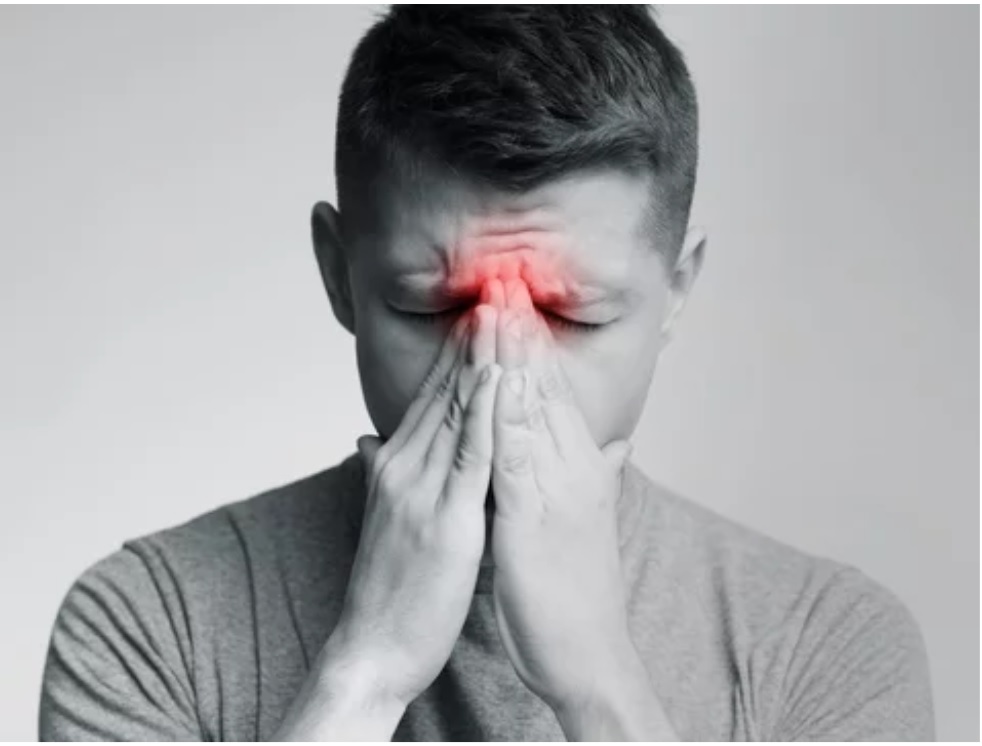Sluder’s Neuralgia:
Sluder’s Neuralgia, also known as Sluder’s Syndrome or Sphenopalatine Neuralgia, is a rare type of chronic facial pain condition.
It is caused by irritation or inflammation of the sphenopalatine ganglion, a cluster of nerves located in the pterygopalatine fossa behind the nose.
The condition typically presents as intense, stabbing, or throbbing pain in the face, particularly around the eye, temple, cheek, and nose on one side.
The pain may radiate to the forehead, upper jaw, or teeth on the affected side.
Patients may experience episodes of pain that can last from a few seconds to several minutes.
Triggers for Sluder’s Neuralgia can include nasal irritation, changes in temperature, eating, or touching specific areas on the face.
Diagnosis is challenging, and other conditions, such as cluster headaches or trigeminal neuralgia, must be ruled out.
Treatment Options:
1. Medications:
- Pain Relievers: Over-the-counter or prescription pain medications.
- Anticonvulsants: Drugs to stabilize nerve impulses.
2. Nerve Blocks:
Injection of anesthetic into the affected nerve to block pain signals temporarily.
3. Lifestyle Changes:
- Stress Management: Techniques like yoga or meditation.
- Avoiding Triggers: Identifying and avoiding factors that trigger pain.
Anterior Ethmoidal Nerve Pain:
The Anterior Ethmoidal Nerve is a branch of the nasociliary nerve, which is a branch of the ophthalmic division of the trigeminal nerve (cranial nerve V).
Anterior Ethmoidal Nerve Pain refers to pain caused by irritation or inflammation of the anterior ethmoidal nerve, which supplies sensation to the frontal sinus, ethmoid sinus, nasal septum, and the anterior part of the nasal cavity.
This condition is usually associated with sinusitis or other inflammatory processes affecting the frontal and ethmoid sinuses.
The pain is commonly described as a dull, aching sensation in the forehead and between or behind the eyes on one side of the face.
Patients may also experience tenderness over the affected sinuses, nasal congestion, and nasal discharge.
Treatment primarily focuses on managing the underlying sinusitis or inflammation, which may include antibiotics, decongestants, corticosteroids, and saline irrigation.
Relief Strategies:
1. Medications:
- Pain Relievers: Over-the-counter or prescription pain medications.
- Anti-Inflammatory Drugs: To reduce nerve inflammation.
2. Cold Compress:
Apply a cold compress to the affected eye and forehead for 15-20 minutes to alleviate pain and reduce swelling.
3. Nasal Irrigation:
Use a saline solution for nasal irrigation to relieve sinus congestion, a common trigger for anterior ethmoidal nerve pain.
Key Differences:
1) Location of Pain:
- Sluder’s Neuralgia: Pain is intense and typically involves the eye, temple, cheek, and nose on one side.
- Anterior Ethmoidal Nerve Pain: Pain is a dull, aching sensation in the forehead and between or behind the eyes on one side.
2) Underlying Cause:
- Sluder’s Neuralgia: Caused by irritation or inflammation of the sphenopalatine ganglion.
- Anterior Ethmoidal Nerve Pain: Caused by sinusitis or inflammation affecting the anterior ethmoidal nerve.
3) Duration of Pain:
- Sluder’s Neuralgia: Episodes of pain may last from a few seconds to several minutes.
- Anterior Ethmoidal Nerve Pain: Pain is typically persistent and associated with sinusitis symptoms.
4) Treatment Approach:
- Sluder’s Neuralgia: Medications like anticonvulsants or nerve blocks and sometimes surgical intervention may be considered.
- Anterior Ethmoidal Nerve Pain: Focuses on managing the underlying sinusitis with antibiotics, decongestants, corticosteroids, and saline irrigation.
It’s essential to consult a healthcare professional for an accurate diagnosis and appropriate management of facial pain conditions.
THANK YOU
MEDICAL ADVICE DISCLAIMER:
This blog, including information, content, references, and opinions, is for informational purposes only.
The Author does not provide any medical advice on this platform.
Viewing, accessing, or reading this blog does not establish any doctor-patient relationship.
The information provided in this blog does not replace the services and opinions of a qualified medical professional who examines you and then prescribes medicines.
If you have any questions of a medical nature, please refer to your doctor or qualified medical personnel for evaluation and management at a clinic/hospital near you.
The content provided in this blog represents the Author’s own interpretation of research articles.
